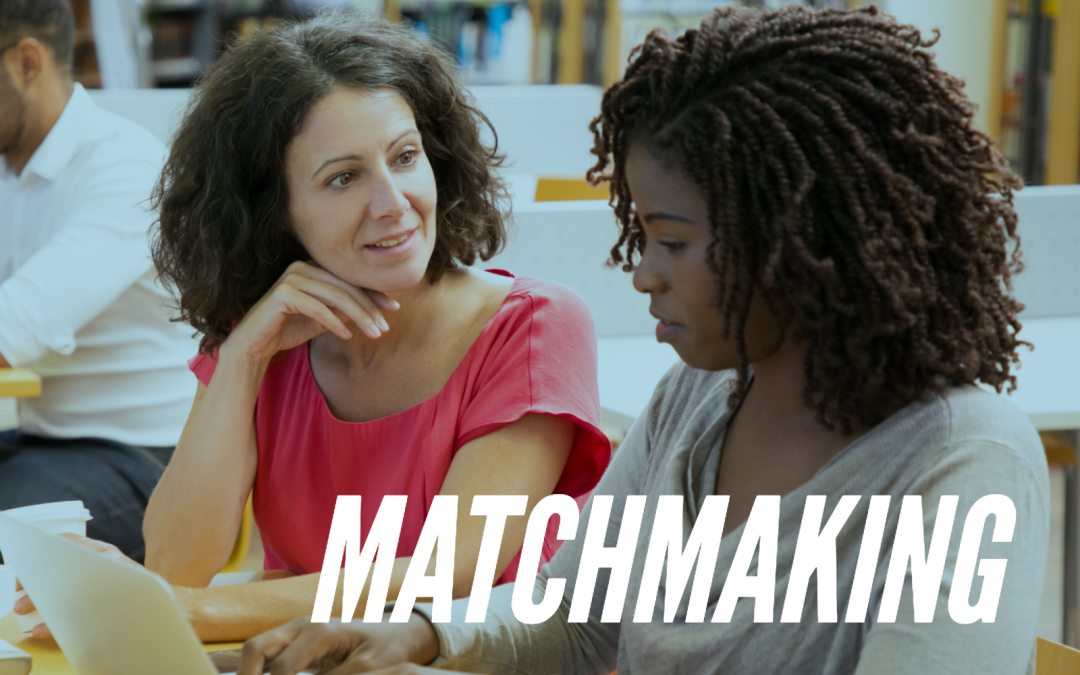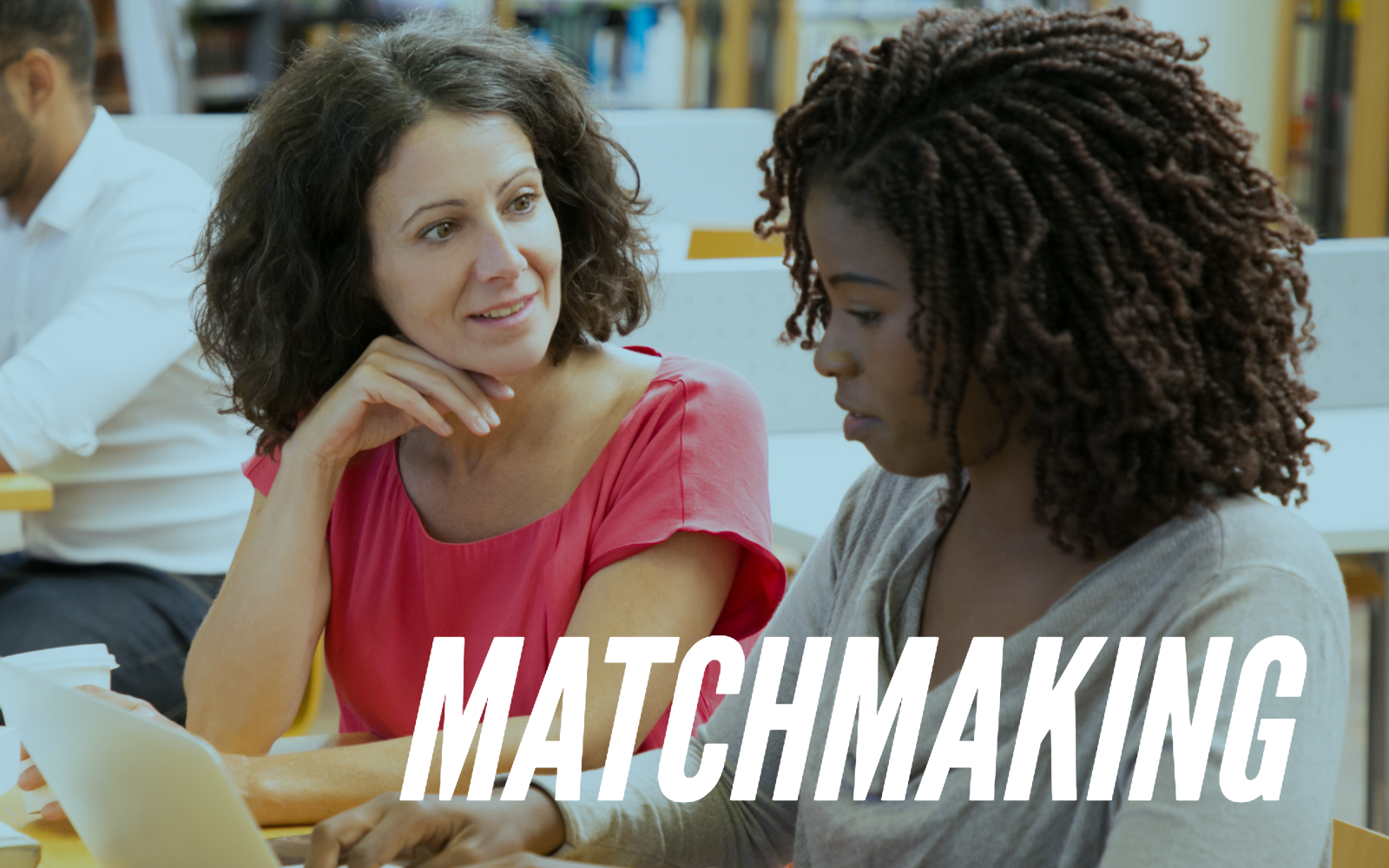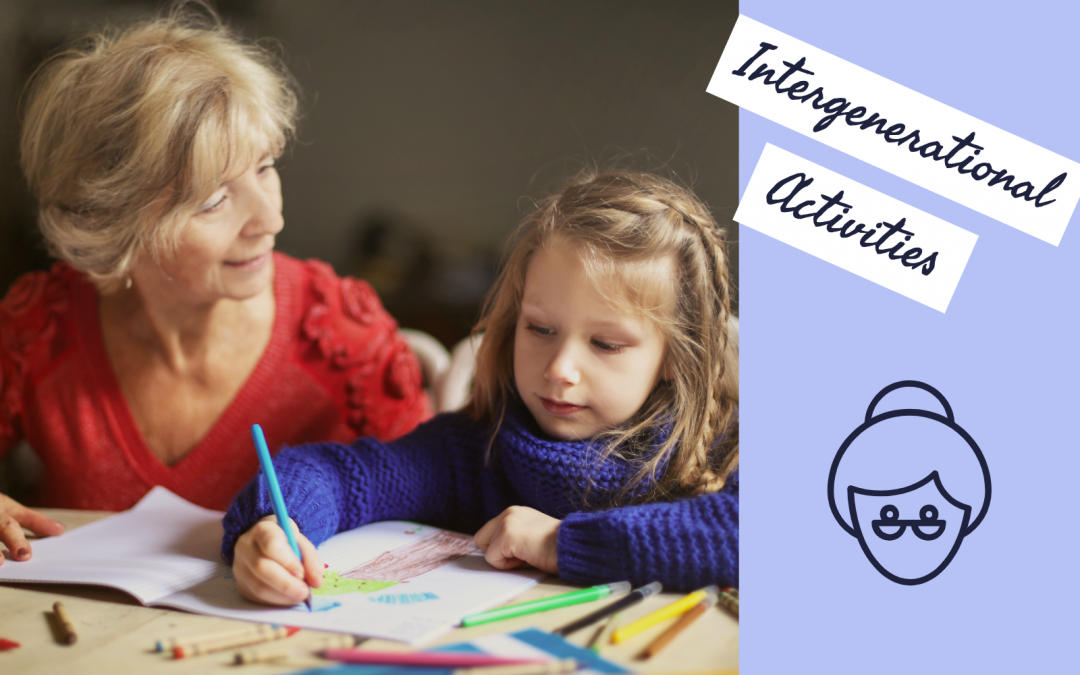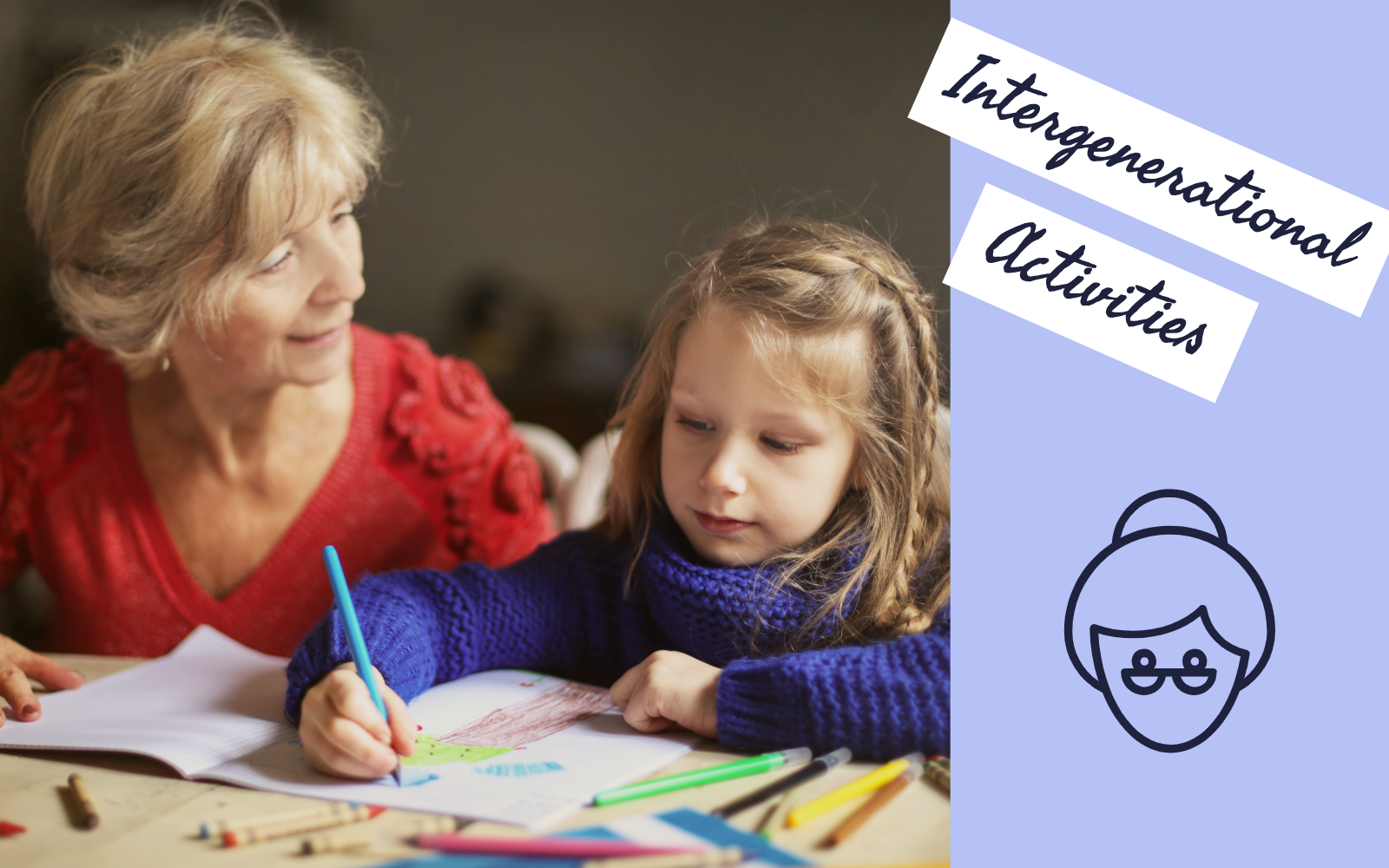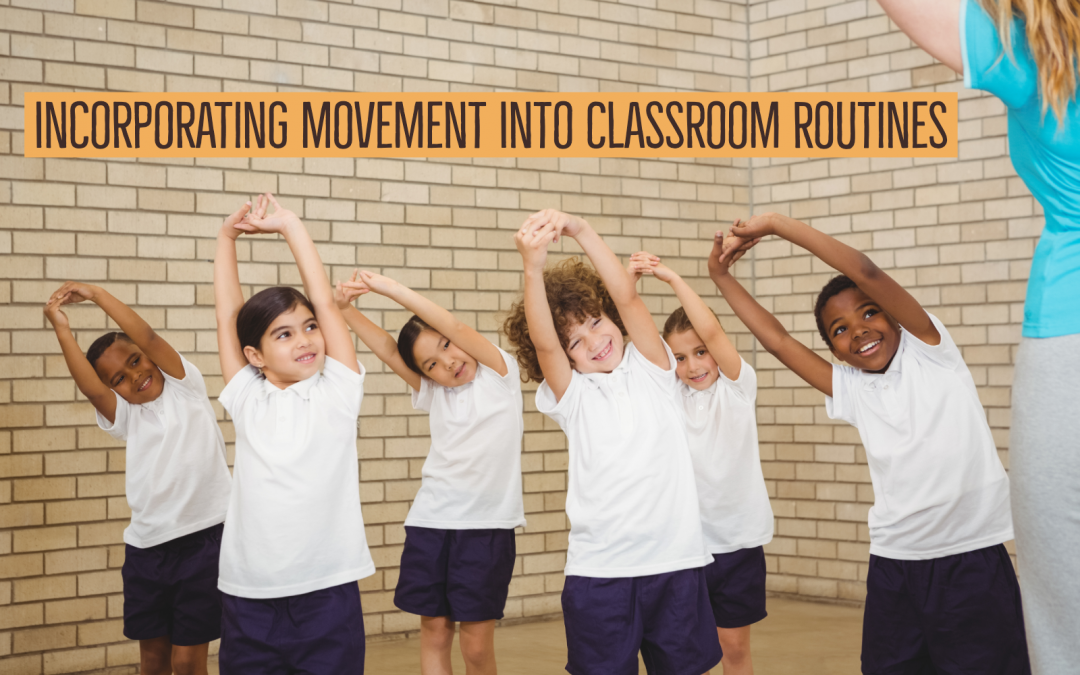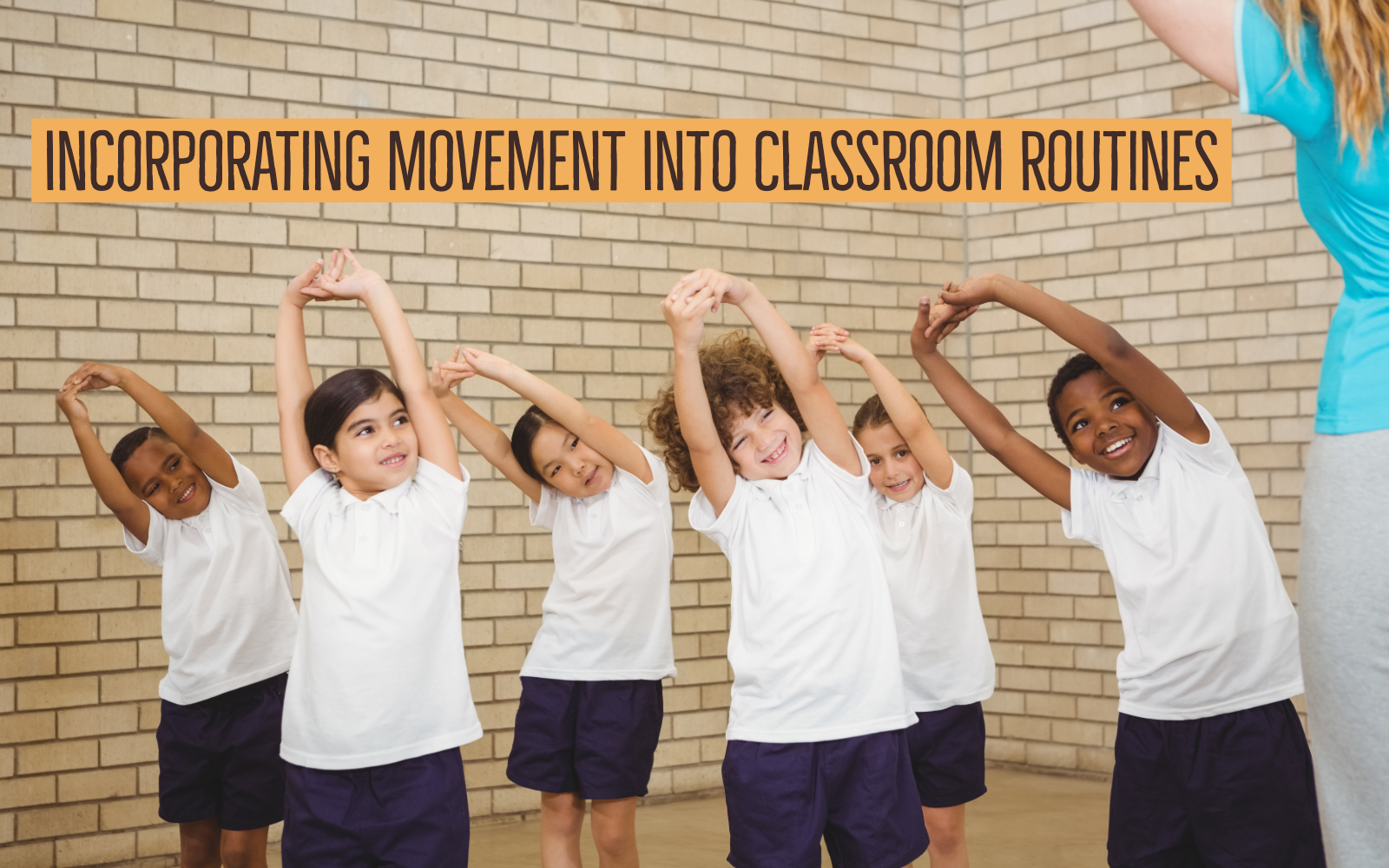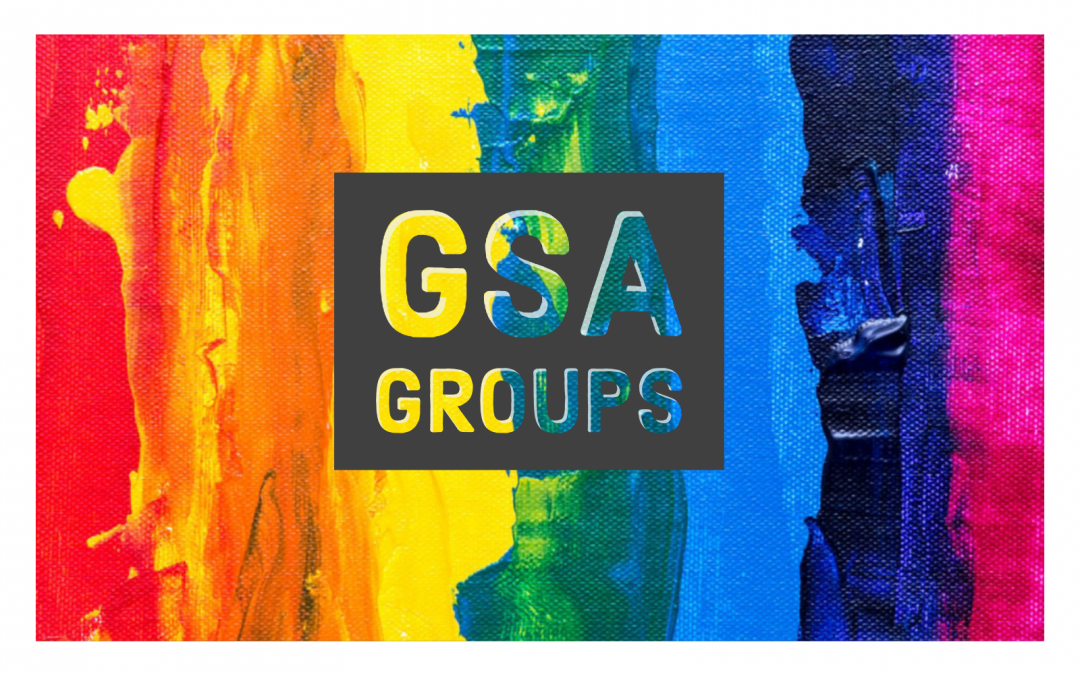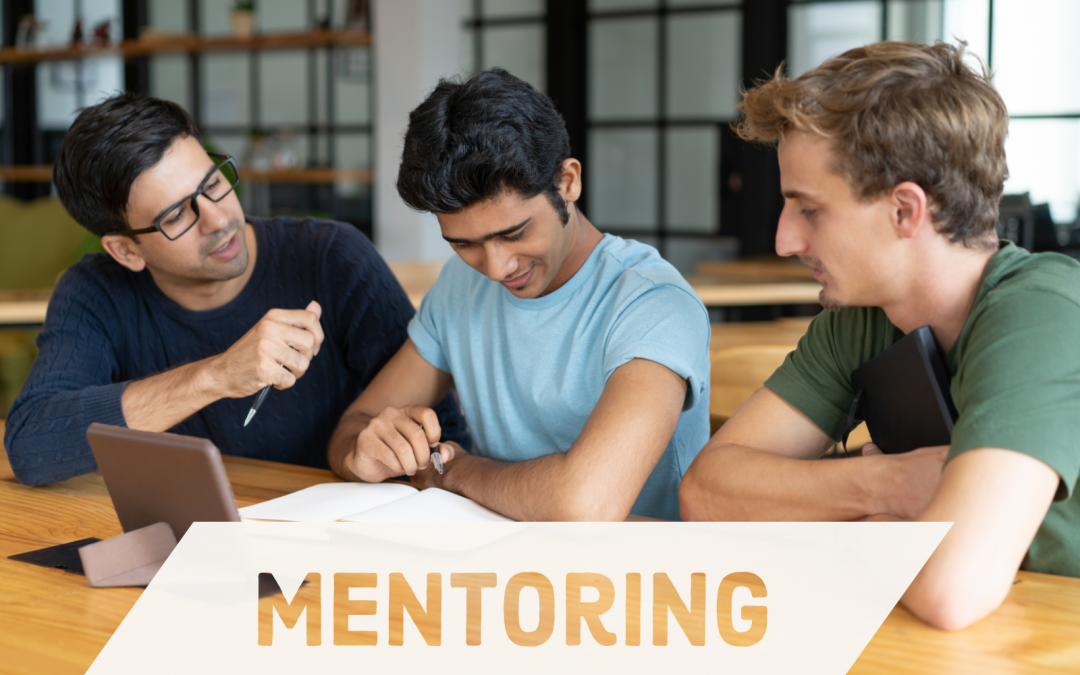
Mentoring
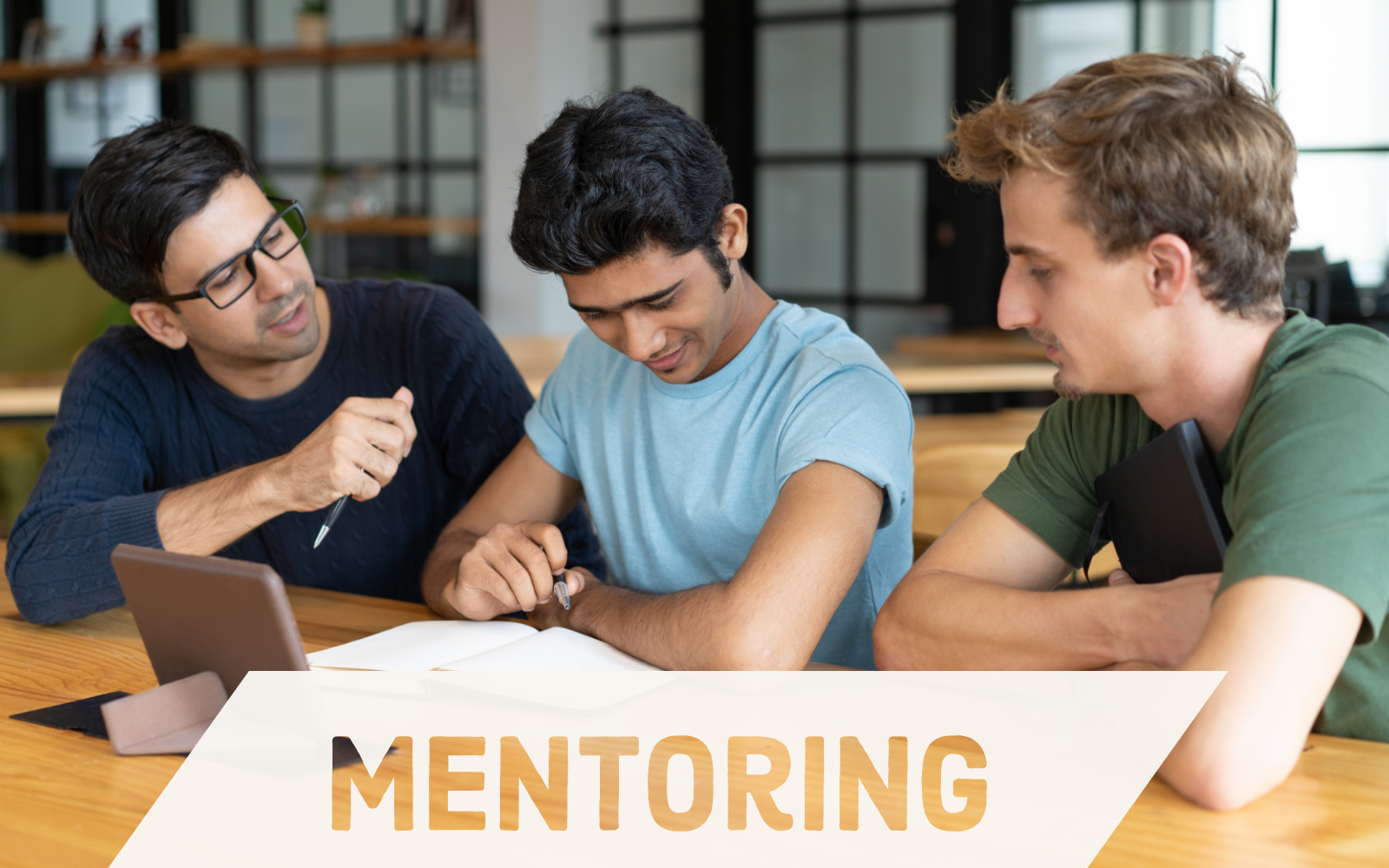
Why Mentoring?
- Promotes social connectivity
- Builds resilience
- Builds social skills
- Builds cross-grade connections
- Builds community connections
Mentorship has shown to promote empathy, caring and connection in cross graded pairings, develop leadership skills in older students, practice social skills for younger students.
Process
- Can be a partnership or run by the school.
- Identify possible interest from mentors, screen & train mentors from older grades
- Identify younger students
- Determine possible matches
- Can be free play, fun structured activities or a combination.
Attendance sheet as high school students are eligible for 1 credit with every 25 hours of mentoring plus accompanying booklets:
- HSS1050 – Introduction to Mentoring
- HSS 2050 – Becoming a Mentor
- HSS 3060 – Extending the Mentoring Relationship
- HSS 3070 – Peer Mentoring
